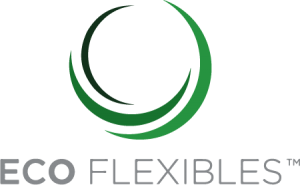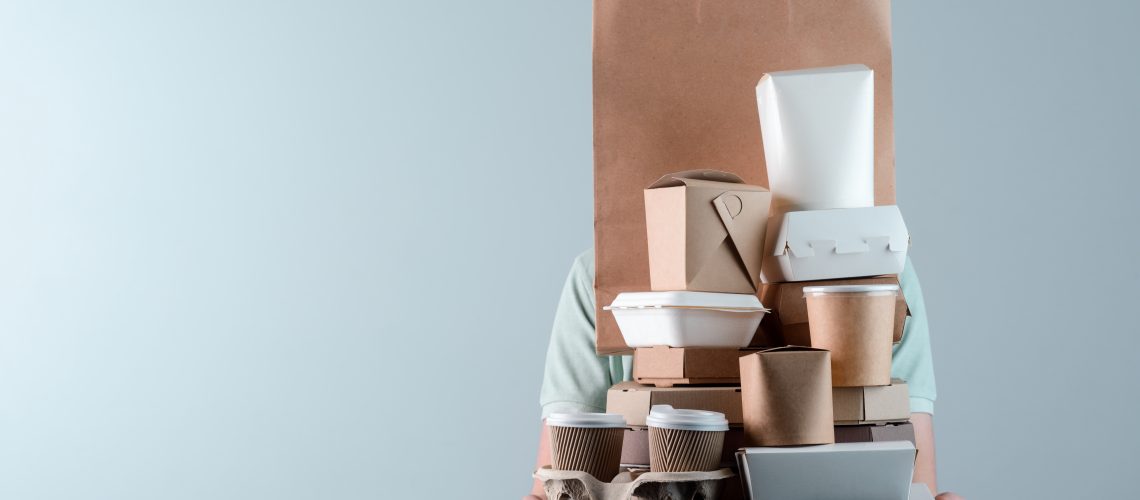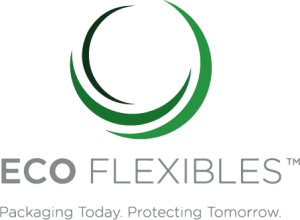Since the dawn of modern retailing, products have succeeded or failed by how well they reflect the needs of the consumer – needs that are constantly shifting and evolving.
The idea that the product creates the demand has long since fallen off the radar as it has become increasingly clear the consumer holds the power in the shopper-brand dynamic. This becomes particularly apparent in the FMCG category, which thrives on high volume and fast decision-making.
Because the end user holds the cards and ultimately decides which products or services are relevant, the packaging of products has an integral role to play in leveraging that instantaneous decision on competitive store shelves. Whether intentional or not, the packaging of a product speaks volumes about a product.
Of course, when the packaging forms part of the value proposition, it too is subject to the same trends or influences that guide the products within it.
For 2021, there are clear consumer trends on the horizon that may well change how we view packaging, so it benefits every business in the packaging supply chain to understand what is likely to shape how consumers make their purchasing decisions.
E-commerce-ready
Through 2020, the way customers choose to shop has changed as the global pandemic shapes the world around consumers. Global data and software leader, IBM, has noted in its annual US Retail Index that in terms of timescale, the projected shift from predominantly brick and mortar stores to online sales has been accelerated by around five years.
Many consumers that previously perhaps wouldn’t have used a web store to make purchase have now done so as a matter of necessity – and many will be sticking with the new habit.
For brands, this means that packaging must be designed with both of these commercial channels in mind – being stocked on-shelf and held in distribution warehouses. Of course, visual impact remains imperative, but packaging that is hard-wearing, robust and space-efficient provides value to distribution hubs storing product in higher quantities.
Plus, direct delivery to the consumer means that packaging often needs to pass through additional logistical steps, such as a handler or courier. Dependent on the product and the packaging specifications, this may be a wholly independent consideration for brands.
Barrier performance under the microscope
The ability to protect and preserve products through barrier performance has been a key area of focus for the packaging sector for a long time. However, as hygiene leaps to the forefront of consumer awareness, the concept of barrier protection is becoming better understood by the consumer too. Although there is no evidence to suggest that Covid-19 can be transmitted through food and drink, each point where the consumer touches a product is being put under the microscope.
Going forward, depending on how this trend continues, it may be that barrier performance moves from being a core function of packaging, with benefits to sustainability and reducing food waste, to being a much more broadly communicated competitive advantage, similar to the rise of tamper-proof packaging in hygiene and medicine applications.
Sustainability back on the agenda (did it ever really leave?)
Through 2020 as retail and logistical challenges have risen to the forefront, some brands have put sustainability onto the backburner as volume and supply chain consistency became the focus.
However, while sustainability may have fallen off the radar for many packaging printers, converters and brands, it didn’t for the consumer. While the retail sector continues to resettle and consumer purchase decisions return to normal, brands that are able to offer the all-important eco-friendly credentials find themselves with a commercial advantage.
Through 2021, we expect to see a refreshed drive for sustainable packaging and a rapid acceleration in the technology to facilitate it, not least because of two new initiatives led at a government-level.
The first is the UK Plastic Packaging Tax, coming into effect in April 2022. which carries additional costs to the packaging supply chain depending on the ratio of recycled to virgin plastic, to encourage more sustainable use of plastic and carry the sector closer to a true circular economy. Packaging that doesn’t contain at least 30% recycled materials will be subject to additional costs, which is set to hasten the cross-sector transition to sustainable design.
The second initiative is the EU Packaging Levy, beginning in 2021. The levy taxes the use of plastic that cannot be recycled, with funds raised going towards the European Union’s Covid-19 relief fund stimulus. While UK manufacturers will not be liable to pay under this scheme, those that source materials or packaging from within the EU are likely to find sharply rising costs.
Volume, volume, volume!
When we think of consumer trends, we tend to picture the conscious needs of the consumer influencing packaging design and materials, but the inherent behaviours are just as important. This includes how consumers act as a whole.
With the retail supply chain challenges of 2021 and ensuing ‘panic buying’, we are expecting to see a strong focus on volume, getting larger quantities of product to the store shelves.
One of the ways we expect to see this in real terms is an accelerated shift from traditionally bulkier packaging formats, such as cans and jars, to flexible packaging. Pouches seem the most likely approach; an upward trend in recent years as products such as breakfast cereals, soap powders and coffee moved towards flexible packaging.
The consumer demands availability, and so the challenge becomes how can brands get the maximum volume of product per delivery. Flexible packaging shines in this capacity, with sizeable capacity benefits over rigid packaging formats. Of course, with fewer trucks required to transport the same amount of goods, there are additional sustainability gains to be made too.
Looking to solve a packaging problem or make the switch to a more sustainably focused packaging design? Get in touch with our team to discover more about Eco Flexibles®. Revolutionising the packaging design and supply process, Eco Flexibles challenges the packaging sector to think differently – and its fresh approach to sustainability is designed to drive long term value for brands and their supply chains!


